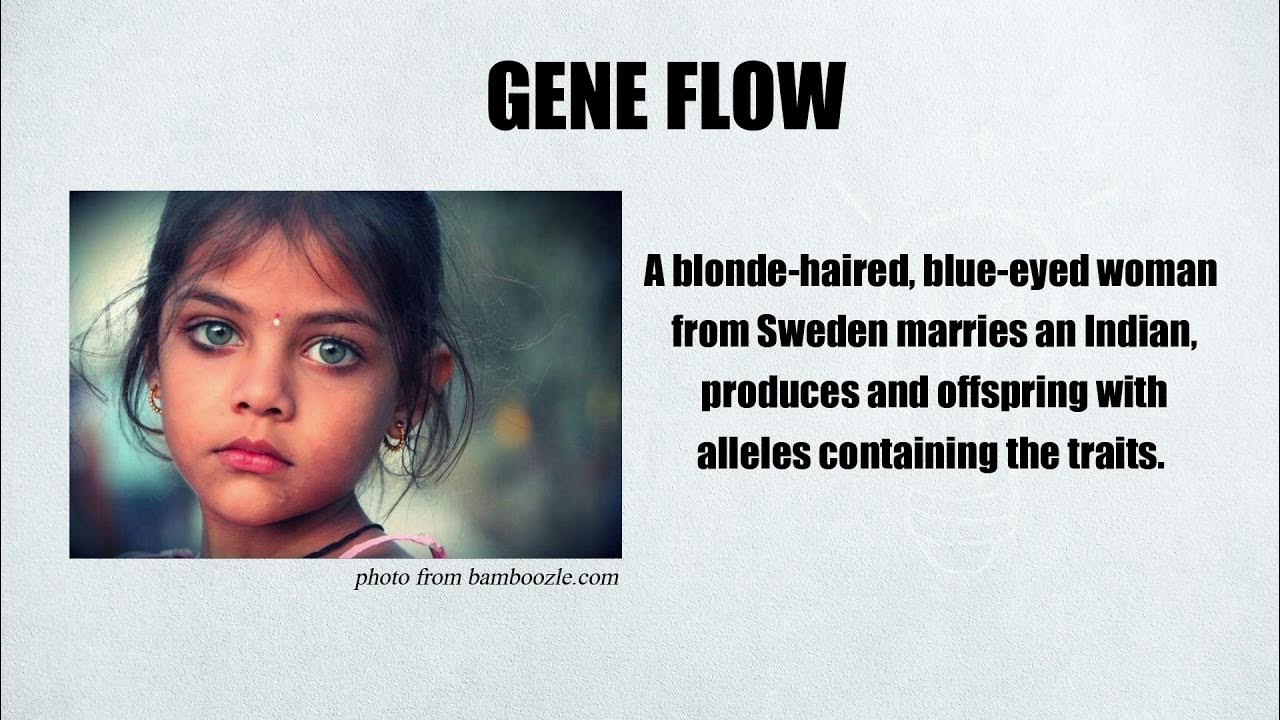Heredogramas - Aula 03 - Módulo 2: Genética
Summary
TLDRThis lesson introduces heredograms, the graphical representation of family trees used to track genetic traits across generations. The video explains the symbols used in heredograms, such as squares for males, circles for females, and lines indicating unions and offspring. It delves into Mendelian genetics, highlighting how recessive and dominant traits are inherited, and the significance of consanguinity in increasing the likelihood of recessive diseases. The lesson also covers how to interpret genetic patterns, determine genotypes, and solve genetic inheritance problems using real-life examples, helping learners understand complex genetic concepts with clarity.
Takeaways
- 😀 Heredograms represent family trees, where different symbols indicate males (squares) and females (circles).
- 😀 A horizontal line between a square and a circle shows a union (not marriage), which may result in offspring.
- 😀 Two vertical lines between parents represent consanguinity, indicating a relationship between the parents (e.g., cousins, uncles, aunts).
- 😀 Identical twins are represented by a triangle, and if the twins are of the same sex, a single line is drawn between them.
- 😀 A diamond is used for individuals whose sex is unknown, often seen in cases like pregnancies where the gender is yet to be determined.
- 😀 A shaded square or circle indicates that an individual is affected by the condition being studied (e.g., genetic disorder).
- 😀 Recessive genetic traits require two copies of the recessive allele for expression, and consanguinity increases the chance of recessive traits appearing.
- 😀 When solving genetic problems with heredograms, identifying parents with the same phenotype but different offspring can point to recessive inheritance.
- 😀 Mendelian inheritance involves dominant and recessive traits. Dominant traits are expressed with one dominant allele, while recessive traits require two recessive alleles.
- 😀 Holandric traits are linked to the Y chromosome and affect only males, as females do not have a Y chromosome.
- 😀 It is important to calculate the probability of genotypes in an exercise, such as calculating the likelihood of heterozygosity (67%) for a given individual.
Q & A
What is the purpose of a heredogram?
-A heredogram, also known as a pedigree, is a graphical representation of family trees used to track genetic traits across generations, showing how traits or diseases are inherited.
What do the symbols in a heredogram represent?
-In a heredogram, squares represent males, circles represent females, and lines connect individuals to show unions and offspring. A diamond shape indicates an unknown gender, and shading indicates individuals affected by a particular trait.
How are consanguineous unions represented in a heredogram?
-Consanguineous unions, or unions between related individuals (such as cousins), are shown with two lines connecting the individuals, indicating they are related by blood.
What is the significance of shaded individuals in a heredogram?
-Shaded individuals are considered affected by a particular trait, though this does not necessarily mean they have a disease. The shading simply indicates they exhibit the specific genetic characteristic being studied.
What is the difference between dominant and recessive inheritance?
-Dominant inheritance requires only one copy of a dominant allele to express the trait, whereas recessive inheritance requires two copies of a recessive allele (one from each parent) for the trait to be expressed.
What are the characteristics of monozygotic (identical) twins in a heredogram?
-Monozygotic twins, or identical twins, are represented by a triangle connecting the two individuals, indicating that they are genetically identical and always the same sex.
How are dizygotic (non-identical) twins represented in a heredogram?
-Dizygotic twins, or fraternal twins, are represented by two individuals connected horizontally without the triangle, and they can be of the same or different sexes.
What is the role of Mendelian laws in genetic inheritance in heredograms?
-Mendelian laws, particularly the laws of dominance and recessiveness, are used to interpret genetic inheritance patterns in heredograms, helping to predict the likelihood of offspring inheriting specific traits.
What does it mean if both parents are unaffected but their offspring is affected by a recessive trait?
-This indicates that both parents are carriers of the recessive allele (heterozygotes). When both parents pass on the recessive allele, their offspring can express the trait, even if neither parent shows the trait.
How can you determine the genotype of an individual in a heredogram?
-To determine the genotype, observe whether the individual is affected or unaffected. For affected individuals, the genotype will be homozygous recessive (e.g., 'aa'). For unaffected individuals, you may deduce their genotype by considering the genotypes of their parents and offspring.
Outlines

هذا القسم متوفر فقط للمشتركين. يرجى الترقية للوصول إلى هذه الميزة.
قم بالترقية الآنMindmap

هذا القسم متوفر فقط للمشتركين. يرجى الترقية للوصول إلى هذه الميزة.
قم بالترقية الآنKeywords

هذا القسم متوفر فقط للمشتركين. يرجى الترقية للوصول إلى هذه الميزة.
قم بالترقية الآنHighlights

هذا القسم متوفر فقط للمشتركين. يرجى الترقية للوصول إلى هذه الميزة.
قم بالترقية الآنTranscripts

هذا القسم متوفر فقط للمشتركين. يرجى الترقية للوصول إلى هذه الميزة.
قم بالترقية الآنتصفح المزيد من مقاطع الفيديو ذات الصلة

Heredograma - Brasil Escola

What are Pedigree Charts

Primeira lei de Mendel e cruzamentos genéticos – Ciências – 9º ano – Ensino Fundamental

Mega Genetics Review

BAB 6: PEWARISAN SIFAT DAN BIOTEKNOLOGI | Part 1: Pewarisan Sifat | IPA Kls 9 SMP Kurikulum Merdeka

GENERAL BIOLOGY 2, MECHANISMS THAT PRODUCE CHANGE IN POPULATIONS
5.0 / 5 (0 votes)
